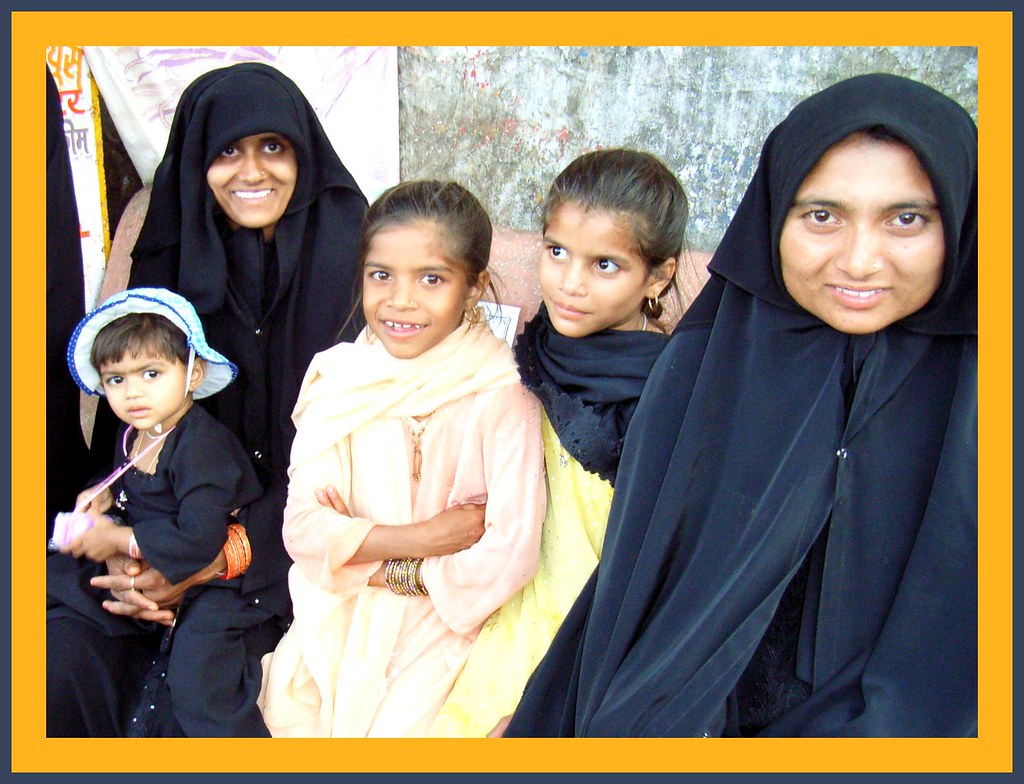“All she heard was the movement of people rising and then the sound of kisses and a hum of farewells. Kamal protested against being forcibly removed and started crying. Now it was her turn to say goodbye to them in an atmosphere fraught with sorrow and foot-dragging. Finally the footsteps went off, leaving her alone and apprehensive.
Amina’s light steps returned. The old lady listened anxiously. Finally she cried out to her, ‘Are you crying? ... What a dunce you are! … Can’t you bear to pass a couple of nights with your mother?’” (311).
A child’s connection to their mother is, for the most part, the greatest connection they’ll ever have with someone. Obviously, having grown in a mother’s womb and having acquired their life thanks to their mother, a child is bound to feel a stronger connection to their mother. In the Islamic world, this is the same. In marriage, motherhood is expected to be the primary concern of a woman. Sure father’s take on the responsibility of guiding their child spiritually and educating them, but the mother is to care for her children at all times. Even as the child grows up, a mother must continue to nurture her child and set an example of obedience to God and to her husband (Uhlman). In Mahfouz’s book, we see a clear connection that Amina has with her children, especially when her children go out to find her while she is at her mother’s house. This also gives us a clear example of a connection that Amina and her own mother share.
When Amina escapes the rage of her husband, al-Sayyid Ahman, she runs to her mother’s home. Mahfouz describes the two women’s juxtaposition to appear as that of an illustration of an interplay of the “amazing laws of heredity and the inflexible law of time” (203). He says that it’s like looking at the two and seeing the same person except for one is in the present and the other in her future. Yet, their relationship seems like that of a parent and their child – free of judgment and full of advice. Amina’s mother listens, advises, questions, but isn’t quick to judge. She comforts Amina when she says that she misses her children and even allows her to stay with her for the time being. What does this say about the relationship of mother and daughter at this time? It says that the mother is there for their child. She’s there to nurture her child whenever needed. She’s there because she not only cares for her children, but it is her responsibility as a mother.
But, what about Amina? Amina runs away from her family leaving her children behind and although she shows concern on page 203 when she says, “’The only thing that is bothering me is that I’m anxious about my children, Mother,’” her role as a mother is questioned. How is it possible that she was willing to simply leave her children behind? The respect she has as a mother is lowered through this act. But, towards the end of the chapter, we see something that changes this all. When Amina’s children visit her and then decide they must go, Amina’s feelings of sadness are expressed. We learn that she is crying at the departure of her sons and the emotional departure of her son, Kamal. It was clearly hard for her, as a mother, to see her son in such agony when departing from her and the fact that Amina cared and expressed her feelings over the matter make Amina’s motherly roles seem strong. The connection she has with her sons seems so strong and real just as a relationship should be.
Amina and her mother both have motherly roles in this section, but towards the end we see something that makes a motherly role all the more evident. Amina’s reaction to the departure of her children affects her relationship with her mother. The fact that Amina feels sorrow for being away from her children rather than feeling joy for being with her mother clearly upsets her mother. But then the question remains, why should her mother be upset about feeling just as horrible as Amina? Does she not understand that Amina is going through something similar? Is she putting her happiness before her child’s?
Uhlman, Kristine. "Overview Of Shari’a and Prevalent Customs In Islamic Societies - Divorce and Child Custody." 2004. ExpertLaw.com. 21 February 2010 < http://www.expertlaw.com/library/family_law/islamic_custody-3.html#100 >.
How are you using this source to understand the novel better? Explain what you learn from it and how it influences your interpretation of the novel?
ReplyDeleteTake a closer look at when Amina leaves? Why does she go? Does she have any choice?